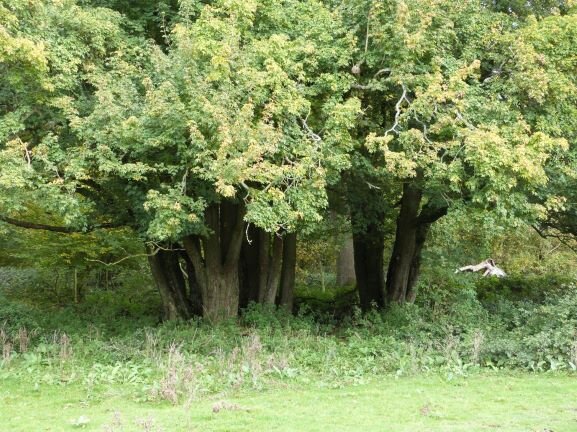Field Maple (Acer campestre)
/Field Maple Hatfield Forest. Oct 2020.
This is the time of year when our only native maple species makes itself known by its glorious golden display in hedgerows and woodland. Between them Ash, Hazel and Maple are the dominant underwood of around 40% of the native woodland area of Eastern England. (Rackham, Ancient Woodland 2003).
Field maple, along with dogwood, hazel, spindle and old oak pollards is an indicator of an ancient hedgerow , easily overlooked for most of the year but joyous right now with the glow of the maple leaves, the redder dogwood hues and the spindle’s pink fruits hiding bright orange seeds.
Maple wood is valued for its turning properties to make beautiful bowls and musical instruments. The medieval communal drinking bowls, mazers, were made from maple.
Field maple is typically a tree of the underwood, in Hatfield Forest it can form over 50% of the underwood in some areas. It is often coppiced or pollarded but can become a large standard tree. Timber maples are recorded in the Gamlingay accounts for 1334; the bailiff claimed he had been overcharged by 2s 7d “for maples which they made out as oaks in the previous account”!
Ancient coppiced Field Maple, Hatfield Forest, just beginning to show its autumn colours. Oct 2020.
I was walking in Hatfield Forest yesterday and the maples were showing off their autumn glow, pulling my gaze away from the poor sick ashes which grow alongside them, reminding me that all is not lost. There is an ancient maple coppice which looks like a circle of individual trees but is in fact one whose giant diameter must be close to 4m and there are ancient pollards that have seen several centuries and several pandemics.
The Rev William Gilpin (1724-1804) Artist, traveller and author, wrote of the maple that it was “seldom seen employed in any nobler service, than in filling up its part in a hedge, in company with thorns, and briars, and other ditch trumpery”. However, he chose to be buried beneath the large field maple in Boldre churchyard.
Ancient Field Maple pollard, Hatfield Forest. Oct 2020.
Finally and with an apology to the good people of Bishop’s Stortford, here is a wonderful quote from the Essex Record Office about Hatfield Forest:
In 1826 the owner of Hatfield Forest complained that "as soon as the Nuts began to get ripe....the idle and disorderly Men and Women of bad Character from (Bishop's) Stortford...come...in large parties to gather the Nuts or under pretence of gathering nuts to loiter about in Crowds...and in the Evening...take Beer and Spirits and Drink in the Forest which affords them an opportunity for all sorts of Debauchery...(Essex Record Office L1/12/4).
All images author’s own.




